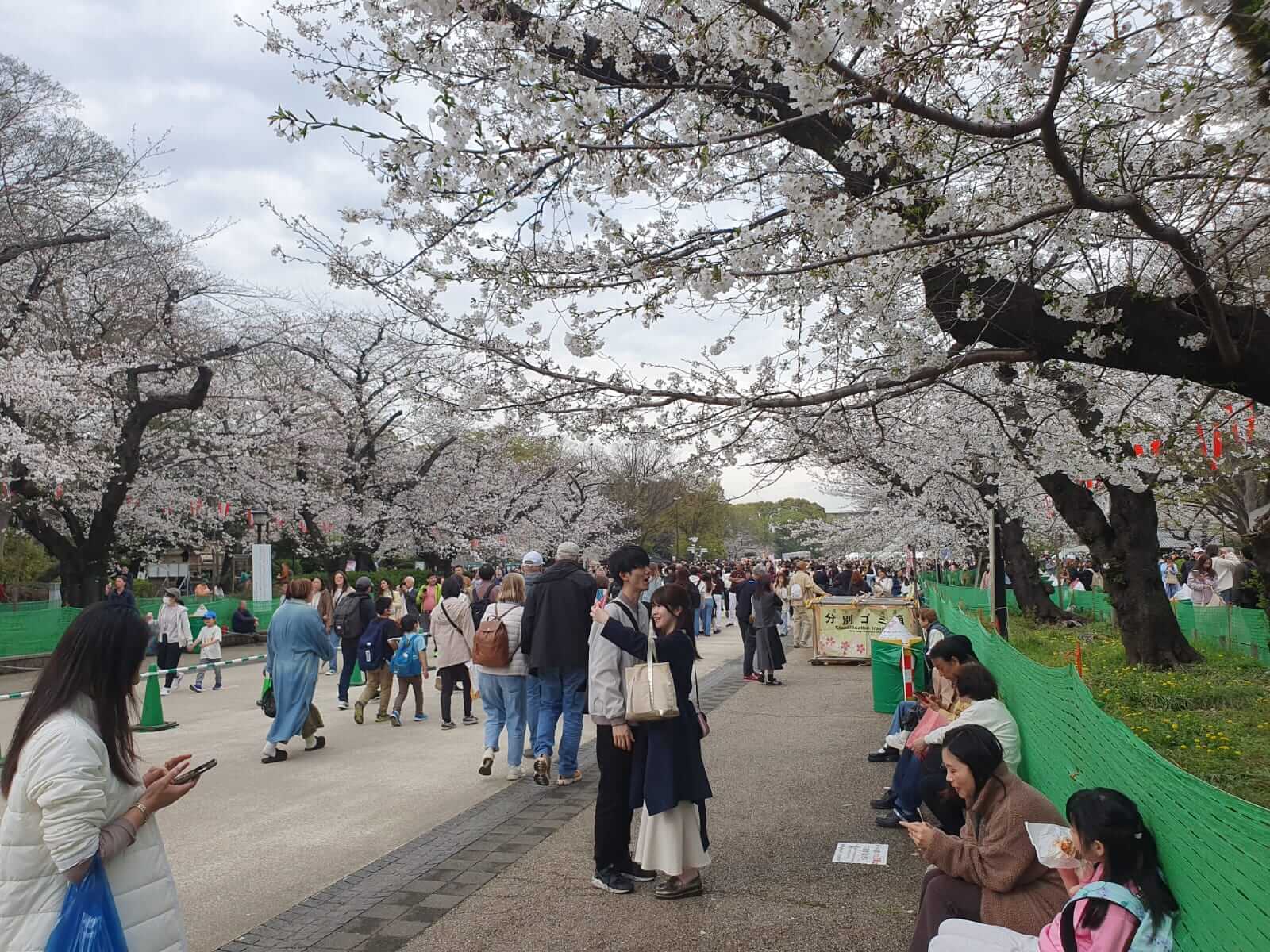Ferozepur, an ancient city on the banks of the Sutlej, is said to be built by Feroze Shah Tughlak in the 14th century. The old city is surrounded by ten gates. Each leads into a labyrinth of streets with a flavour of yore preserved in the dialect and food. The people are hospitable and warm and many of them left families across the border. During the partition of the country, this district almost went to Pakistan. There were rumblings from Radcliffe’s private staff that the maps were redrawn. It is said that Lord Mountbatten was prevailed upon to let this remain in India. There are very few Muslim families left here and the grapevine told us that they have converted to Sikhism and taken on the Sidhu surname. The poori aaloo, jalebis and shakkar paare taste divine. Lily takes us to the border town of Punjab, in the weekly column, exclusively for Different Truths.
It was almost pack up time from the army. We asked for a home posting to Chandigarh but since it was the second last posting we were happy to get a station in Punjab for the first time since our marriage. The cultural shock from Hyderabad to Punjab was drastic. After seven years in Andhra, we had forgotten what a drastic change it could be! Ferozpur was touching Pakistan, about 11kms away at Hussainiwala. As I strolled out of the Officer’s Mess in Ferozepur Cantonment, my heart skipped the proverbial beat for the milestone right in front read “Lahore 45 miles”. How close yet how far was this city, which lured me ever since I could understand the meaning of Punjabi folk song, “Sheher Lahore ch dass kinne boohe te kinniya baariyaan ne” ( Can you guess how many doors and windows are there in the Lahore city?) The saying goes that one who hasn’t seen Lahore has not yet been born. Every Punjabibyearns for a glimpse of this erstwhile capital of the mighty Sikh empire headed by the Lion of Punjab, Maharajah Ranjit Singh, who ruled till Afghanistan. Well, manmade borders may stop humans but I enviously saw birds wing back home towards Kasur, which was right across the border. This town is famous for its ethnic handmade shoes ‘jutti Kasuri’.
Ferozepur, an ancient city on the banks of the Sutlej, is said to be built by Feroze Shah Tughlak in the 14th century. The old city is surrounded by ten gates. Each leads into a labyrinth of streets with a flavour of yore preserved in the dialect and food. The people are hospitable and warm and many of them left families across the border. During the partition of the country, this district almost went to Pakistan. There were rumblings from Radcliffe’s private staff that the maps were redrawn. It is said that Lord Mountbatten was prevailed upon to let this remain in India. There are very few Muslim families left here and the grapevine told me that a few have converted to Sikhism and taken on the Sidhu surname. The poori aaloo, jalebis and shakkar paare taste divine. In the border town of Fazilka, not far from Ferozepur, one finds a unique sweetmeat called Tosha, it means joy and satisfaction in the regional Punjabi and is the most loved sweet in Pakistan as well. This delicacy is churned out by many manufacturing units now, which are owned by people, whose fathers migrated from across the border during the partition. The sweet is golden brown and filled with cottage cheese and thickened milk making it the perfect gift for someone you love. Obliging friends would often get it for me whenever they went home. My mother-in- law told me that she had reached Ferozepur, by train, during the 1947 partition, along with the terrified crowds during the mass exodus.
We got a sprawling ranch style bungalow next to the celebrated Mall Road, in Ferozepur Cantonment. This cantonment was established, in 1839, and during the first Anglo-Sikh war. It played an important role for the British Indian army. The vibe of the place is like a scene from Bhaag Milkha Bhaag, which was extensively shot here. It was heartening to see the vibrant personalities of the local handsome young men clad in brilliant kurtas and neon coloured turbans. The merrily dancing mustard fields seemed to tell stories of both bravery and bravado. In fact, per hectare yield of wheat in this part of the wheat bowl of Punjab is supposed to be at par with the wheat procurement in a similar area in Ontario province of Canada. I was thrilled with the large areas of land around our official bungalow. Winter flowers were planned out on paper drawings and planted with strict colour and height coordination by a flower adoring me. A childhood friend of mine, who was the Cantonment Executive Officer at that time sent me some saplings of Basmati rice. I felt like a farmer as I grew paddy in a field flooded with water behind my house. The rice was long grained and fragrant. The harvest had me gloating and preening with glee. A sturdy garden swing was manufactured out of iron pipes and ceremoniously put up in the sunniest corner of the garden. The comfortable cushions and seats were the perfect place to curl up in with a steaming glass of masala chai. I had students come in for classes where I taught IELTS. Lots of young people were leaving for the Canadian and Australian shores to study and work. I was horrified to see some unscrupulous boys getting fake marriages in order to migrate easily. A few boys from peasant families had me gasping with their unusual respect. They requested me in Punjabi to teach them just enough phrases as would enable them to take s girl out to a pub in Chandigarh.
The Punjab Mail was a train that used to ply between Bombay and Peshawar. During the Indo-Pak war of 1971, the Pakistani army blew away the bridge over the Sutlej. Ferozepur is now the last station for the Punjab Mail. The destroyed ruins of the railway station sit in mute testimony to that war.

The city of Ferozepur has one more distinction. It is revered as the land of martyrs.The bodies of Shaheed Bhagat Singh, Rajguru and Sukhdev lie in a memorial near here in Hussainiwala. This is a National Martyrs Memorial. On March 23, 1931, all these three heroes were executed in Lahore and stealthily cremated in Ferozepur in the dead of night. They displayed deep patriotism and revolutionary fervour against the British Empire and paid for it with their lives. This memorial sees thousands of people gathering on March 23 each year to pay homage to them.
Another building of interest is the Saragarhi Gurdwara Sahib. This is another historic memorial that commemorates the sacrifice of 21 Sikh soldiers, who died in Saragarhi in Baluchistan. That day also is an occasion for ex-servicemen to meet.
One of my most memorable moments was a visit to the mazaar (tomb) of Sheikh Farid, in the town of Faridkot not too far away. This town is named after Baba Farid, the famous saint, who sang praises of God. His writings are included in the Guru Granth Sahib. I am a huge fan of his writings. And the trip was sacrosanct:
Farida je tu akal lateef hain
Kaale likh na lekh.
Aapnade giribaan mein
Sar nivaa ke dekh.
Some miles away from Ferozepur are the wetlands of Harike, known popularly as Harike Bird  Sanctuary. The Hari Ke Pattan sanctuary has 200 species of birds visiting it in winter. The Cotton Pygmy Goose, the Tufted Goose, Yellow Crowned Woodpecker are a few. The wetland has rich floating vegetation too. The endangered Testudines Turtle is sighted and the Smooth Coated Otter can also be seen here. Twenty-six species of fishes are found in the river. The Indus Dolphin supposed to have been extinct in India, since 1930, was seen once again recently in the Beas River. The Gharial is in the critically endangered species list of the IUCN. The Punjab government was planning to release 10 gharials in the wetlands as a beginning.
Sanctuary. The Hari Ke Pattan sanctuary has 200 species of birds visiting it in winter. The Cotton Pygmy Goose, the Tufted Goose, Yellow Crowned Woodpecker are a few. The wetland has rich floating vegetation too. The endangered Testudines Turtle is sighted and the Smooth Coated Otter can also be seen here. Twenty-six species of fishes are found in the river. The Indus Dolphin supposed to have been extinct in India, since 1930, was seen once again recently in the Beas River. The Gharial is in the critically endangered species list of the IUCN. The Punjab government was planning to release 10 gharials in the wetlands as a beginning.
Time spent in Ferozepur was like getting in touch with one’s roots. Though my ancestors were from what is now known as Pakistan, I felt almost close to my roots as we watched the most moving sight of the change of guards and the lowering of the flag at sun down on the India Pakistan border at Hussainiwala. There is only a white line drawn on the ground below to show the demarcation. One can stretch ones hand and shake the hand of the one standing across but one dare not lift ones foot and place it across the border line! My father was visiting us once from Chandigarh and we took him to show the ceremony at the border. He got talking to a pretty young bride of a ranger from Pakistan. She happened to be from my dad’s home town, Sargodha. Dad got all misty eyed and started addressing the lady as his daughter. Tell me how’s my Wattan (the land of my birth), asked my dad, while I complimented her on her beautiful salwar kameez. She laughed daintily and told me in chaste Punjabi, “Oh aih te Banarsi suit hai jiji” (this suit is from Varanasi). Our village, Wasu, is in Sargodha district. Residents who live on both sides of the border use it as a last name instead of their original surnames. Though there is much attitude displayed by the security forces amidst the foot stomping and heel digging, yet one feels how similar we are as we wave to each other across the border. Patriotic Songs of Pakistan came wafting across in Indian singer Mika’s voice. The rolling of flags necessitated the coming in of one ranger to our side, while our chaps needed to enter their territory. I wonder if we will ever have a free, borderless, hate-less world. Having said all, this please don’t miss a chance to see this sun down ceremony. It is moving to say the least and leaves an impact for years to come. Also, while I am in advising mode, please buy yourself a Punjabi suit with a phulkari dupatta and dance the Giddha with the beautiful Patiala salwar clad damsels.
©Lily Swarn
Photo from the Internet.










 By
By